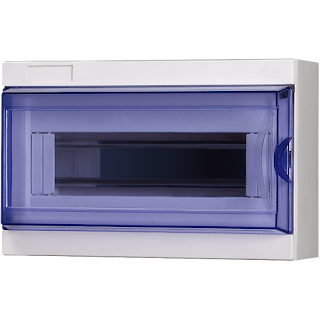An
electrical panel box, which is also referred as distribution board or
breaker panel is a part of an electrical supply system that to into sub-panels,
circuits or in all over the industry. It is a proven product that actually
helps to distribute power in the safe and secure manner. Its metal body makes
it so strong that it even becomes capable of handling heavy loads. And these
panels even decrease the chance of short-circuiting and fire catching. For the
safety of your industry this product is a must. To provide electricity
throughout the industry its main function is to supply power to all loads. In
your industry it actually controls the flow of current.
Make
sure to always use caution:
If Electricity is not used safely, it can become deadly. So, in case you are
unaware about how to operate the electrical distribution board or how to
on/off power or reset the fuse, then don't need to do it yourself. Always take
the help of professionals, who can assist you in the right way as it might
become dangerous for your life.
Know
About your circuits: It's
good to learn a little about your electrical panel instead of ringing the bell
of your electrician, again and again. This is going to save your time and money
as well.
Locate
the main disconnect: Turning
off it is another important thing to learn about your electrical panel. It's
important to learn how to do this, especially in the case of an emergency.
However, that never indicates that you can start solving the problem solely.
Location
of the circuit breaker:
Try to install this and it should be away from dust or any other harmful
chemicals. Before installing always inspect the location of a panel, make sure
that the place is free from dust, chemical, water or any other harmful object,
which may cause a major accident.
These are few simple things, which you need to learn about your electrical outlet box. Apart from just being important to safety purpose it also makes your work easier and save your time and money as well.
Follow us on Twitter







